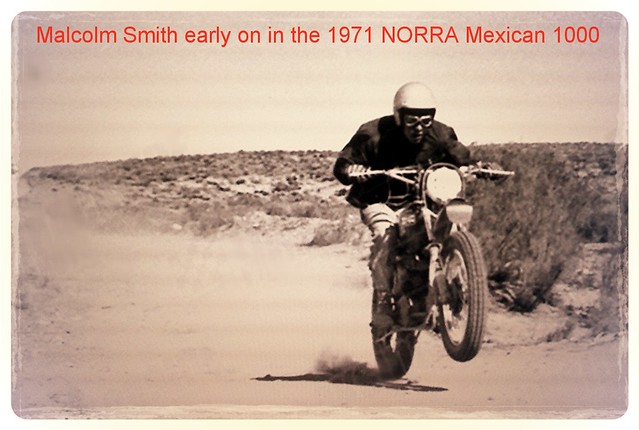



I came across this tidbit in the St. Petersburg Times (St. Petersburg, Florida), published December 24, 1999.
NEW PORT RICHEY -- An auto crash left a Pasco motorcycle deputy with a badly broken leg Thursday, the third accident involving the Sheriff's Office's "newly minted motorcycle unit" in the last three months.
Riding his 1999 Honda Police bike, Deputy Ted J. Clegg, 44, was trying to overtake a traffic violator about 11:20 a.m. when a Chevrolet turned into the deputy's path on State Road 54 at Madison Street, according to the Florida Highway Patrol. The deputy's motorcycle struck the car, flipped over and skidded to a stop, the FHP said.
Clegg's right leg was broken in three places, but he suffered no other injuries and was conscious at the scene, said Pasco County Fire-Rescue District Chief Doug Drape. Clegg was flown to Bayfront Medical Center in St. Petersburg, where he underwent surgery Thursday afternoon but appeared to be in stable condition, said sheriff's spokesman Jon Powers.
The FHP is investigating the accident. The Chevrolet's driver, Jamie L. Olney, 26, of New Port Richey, was not hurt. No charges have been filed.
With Thursday's crash, all three of the sheriff's motorcycles have been in accidents since the motorcycle squad began work in June, Power said.
Perhaps some "newly minted motorcycle training" would have helped.
Today in motorcycle history proudly supports the National Association for Bikers with a Disability (NABD). www.nabd.org.uk
Today in motorcycle history proudly supports the National Association for Bikers with a Disability (NABD). www.nabd.org.uk










_1920.jpg)















